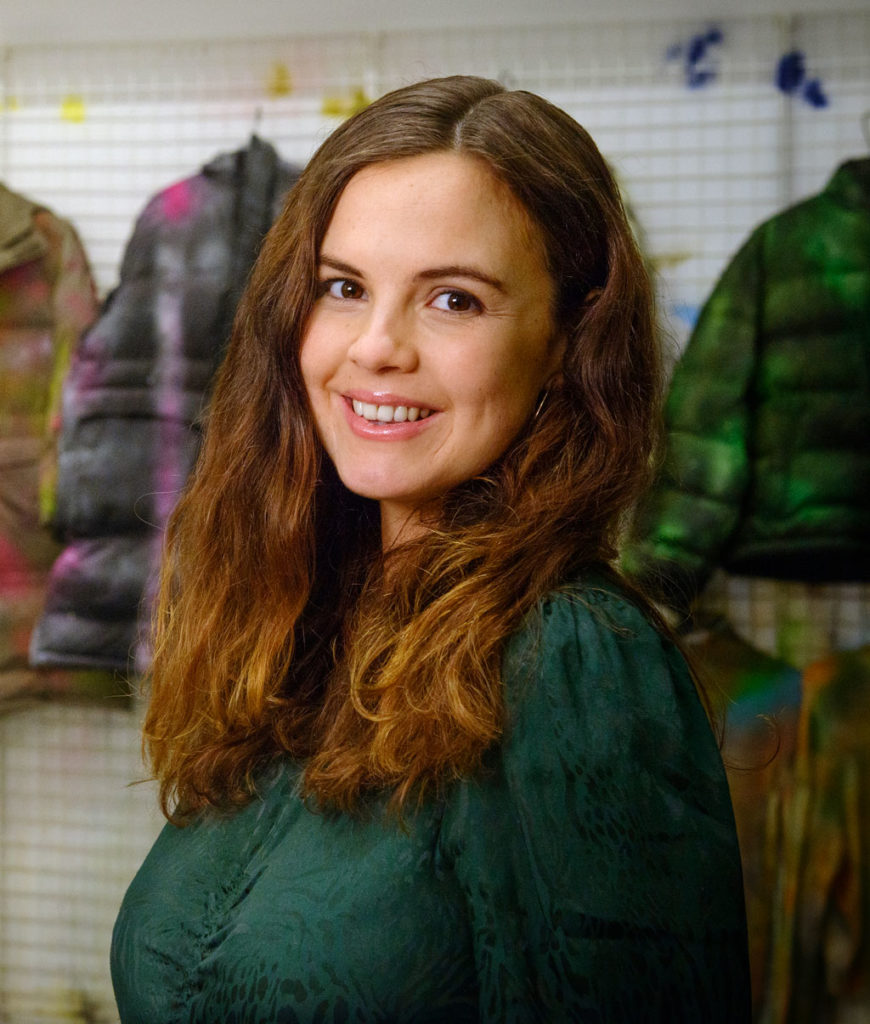We are committed to building strong, long-term relations with our suppliers that are based on mutual trust and transparency.
Supply chain
Our supply chain is complex and our products can pass through many suppliers on their journey from raw materials to finished product. Like most clothing brands, we don’t own any factories. Instead we work with independent manufacturers. To increase transparency, we first published our supplier list in 2013. Since then we have continued to disclose more and more information.
Our supply chain in numbers
- We do business with over 574 commercial product suppliers who manufacture products for our brands in over 1,027 tier 1 factories in Europe, Asia and North America.1
- China and Bangladesh are the largest production markets for clothing.
- The European Union is the largest production market for our beauty assortment.
- Average length of a supplier relationship is 9 years, but we have been doing business with some for over 21 years.2
- Around 1.4 million people are employed by the supplier factories we work with, 63% of them are female.3
- Around 0.16% of workers in our tier 1 and 2 factories are migrants.
- We operate 15 local production offices, employing over 1,600 colleagues who work with our suppliers daily.
- 37% of tier one factories have trade union representation.4, 5
- 1096 factories reported that worker representatives are freely chosen by the workers.4
Download our supplier list
Our supplier list discloses the details of our tier 1 suppliers and their manufacturing and processing factories, accounting for 99% of the products we sell.
The list also includes the names and locations of tier 2 mills that provide our suppliers with fabric, including tanneries and fabric dyeing and printing. We are working towards disclosing 100% of the fabric dyeing and printing locations involved in making our products.1
As participants of the Transparency Pledge we share the name, address, product type produced and number of workers employed at the factories. We also publish how long we have been working with the supplier, percentage of female workers, number of elected worker representatives and trade union presence.
We update this supplier list monthly.6
We onboard new suppliers or factories and, occasionally, phase them out according to our business needs. When this happens we follow the ACT Responsible Exit Policy, which details how to exit a supplier relationship with minimal impact. Read more on our Responsible purchasing practices page.
You can also find our suppliers on the Open Supply Hub, an open-source tool that exists to improve human rights and environmental conditions in and around factories and facilities.
A typical fashion supply chain
From raw materials to finished item, our products pass through many different suppliers on their journey to our stores. These suppliers are arranged into several tiers to make our supply chain. Each tier does business with its immediately adjacent tiers.
Not all supply chains are the same and they can vary according to product type or materials used. Some of our supply chains are vertical – short with few tiers. Others can be horizontal and comprise several tiers.
- Tier 1 are the companies we do business with directly and work with product manufacture or processing.
- Companies working with component production and processing tend to fall into tiers 2 to 4.
- Raw material production can cover tiers 4 to 6.
Manufacturing factories
These factories are either owned or contracted by our suppliers to make our products. They can also be called “cut and sew” factories or tier one suppliers. A single supplier can own or contract one or more factories. They are covered by our Sustainable Impact Partnership Programme (SIPP) that assesses their sustainability performance. All these factories report using industry standards such as Higg Facility Environmental Module and Social and Labor Convergence Program.4
Processing factories
These are factories that are subcontracted by our suppliers to carry out processes they can’t do inhouse, this could be embroidery or print making, for example. Processing factories can be subcontracted by several suppliers. They can also be both a manufacturing and a processing factory at the same time. All processing factories must be approved by our team and are treated in the same way as a direct supplier, for example, they are included in our SIPP.
Fabric mills
Tier two suppliers make fabrics and sell it to other suppliers. We work with our tier one suppliers to identify the mills producing fabric for our products so we can integrate them into our supplier assessment program, SIPP.
1 Figure correct as of December 2023. See our Sustainability Disclosure.
2 Consecutive data only available from 2006.
3 Figure correct as of December 2023. See our Sustainability Disclosure.
4 Verified SLCP data from 2023.
5 Figure correct as of December 2023. See our Sustainability Disclosure.
6 Trade union data collected by industry assessment tools and updated yearly.
We publish our Sustainability Disclosure annually. In this document, we set out our goals and the progress we’ve made in the previous year. Find the latest version here. More up to date information can be included on this page.


